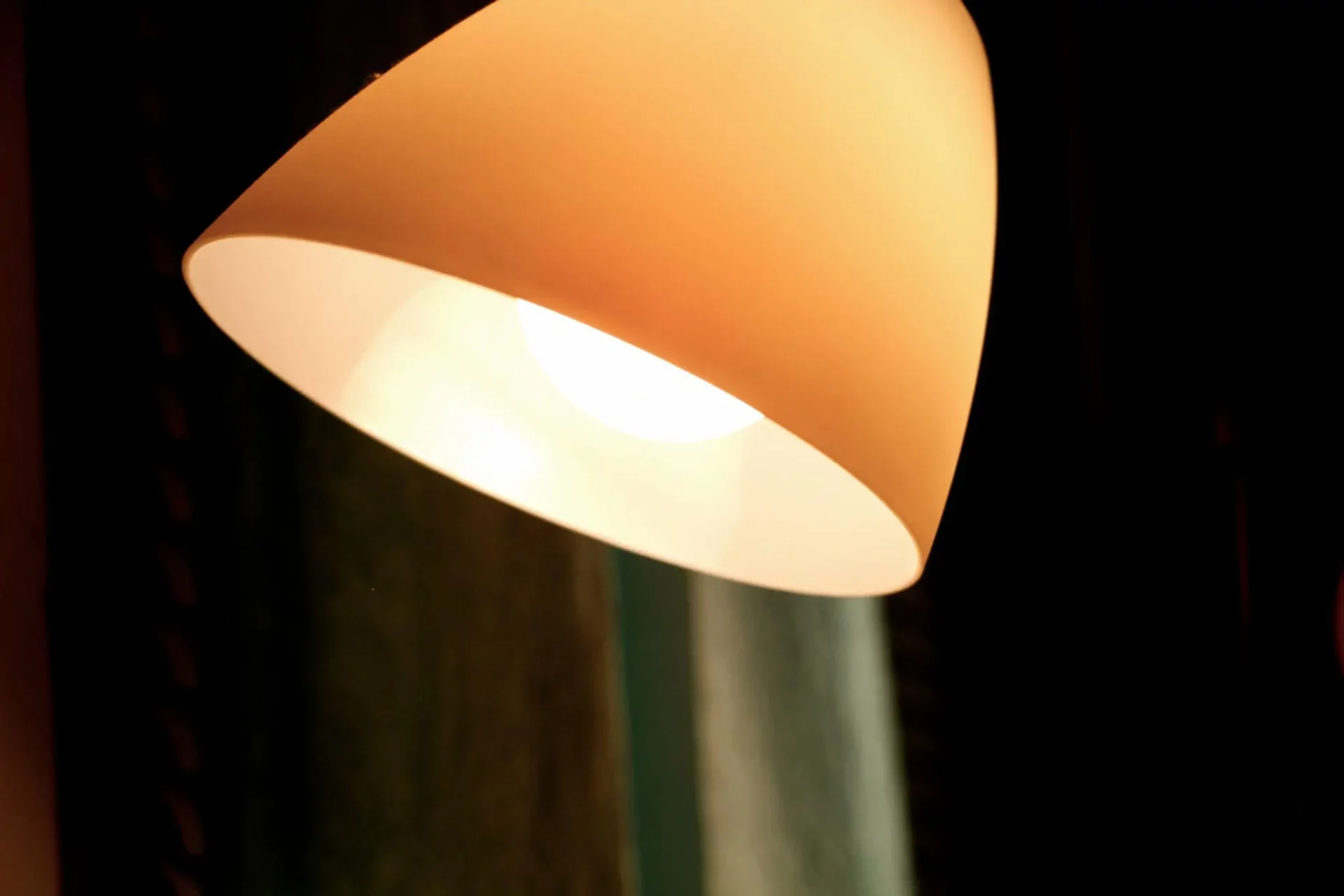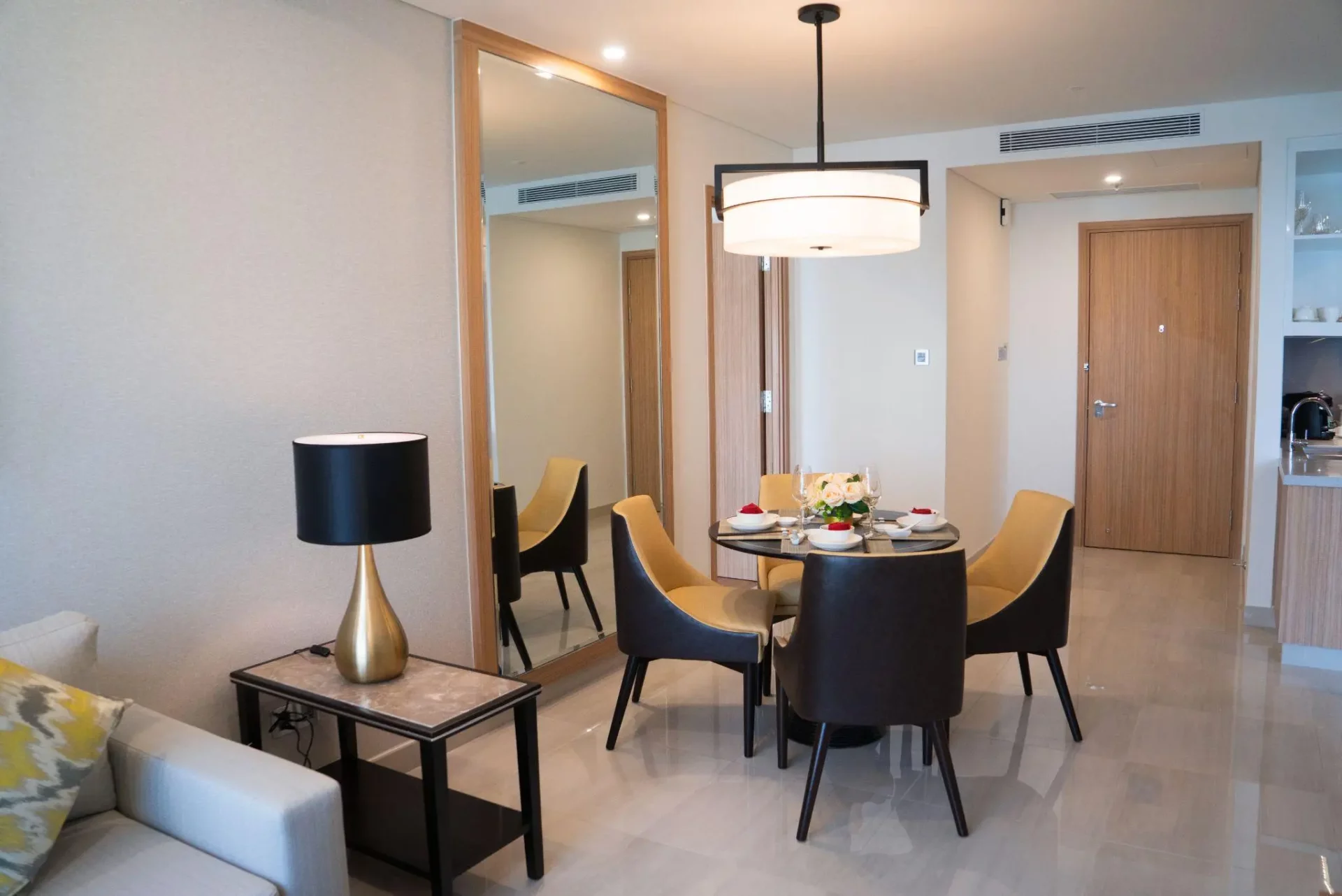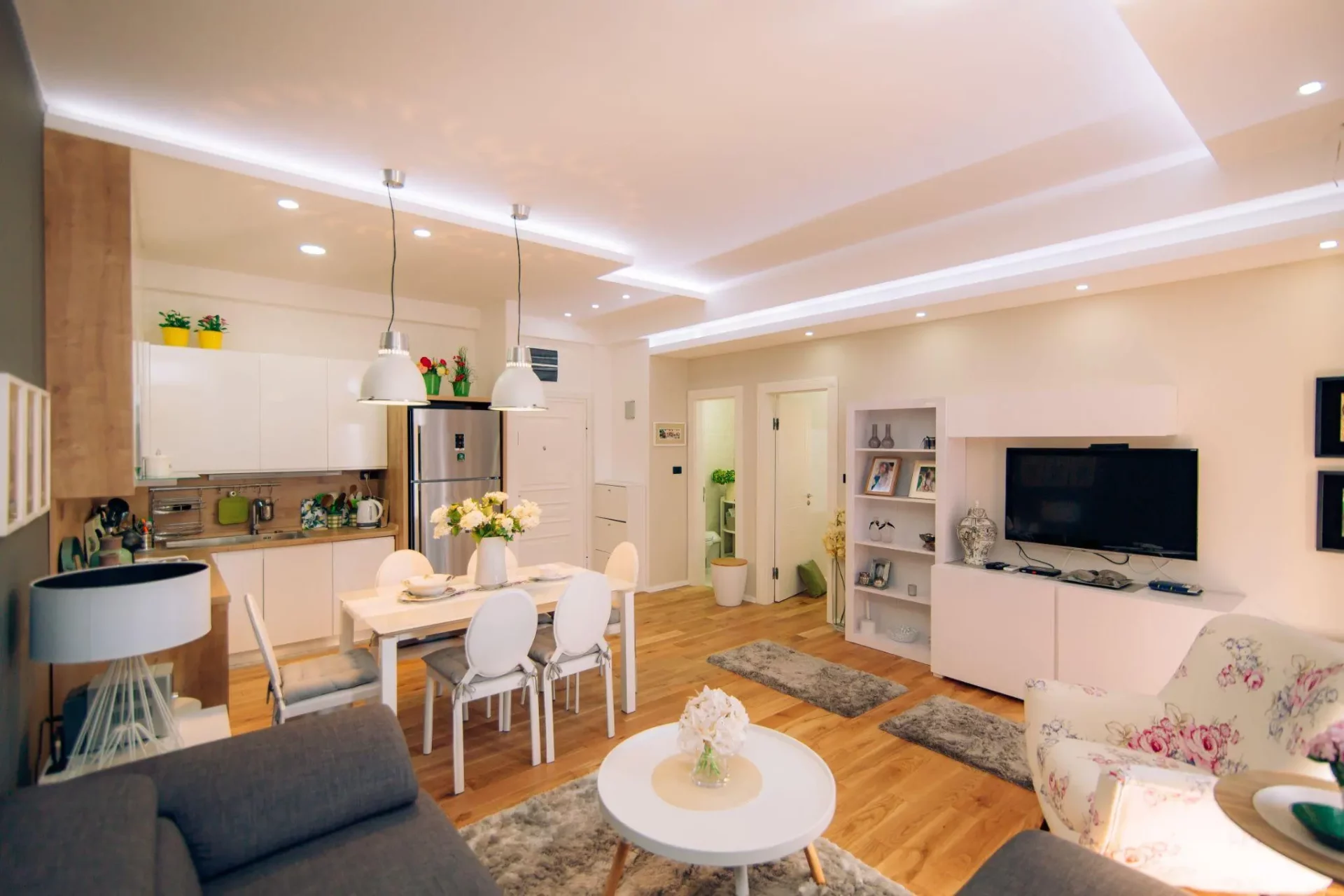Color temperature is a critical concept in lighting design, especially regarding LED (Light Emitting Diode) technology.
It describes the color appearance of the light emitted by an LED light source, which can significantly influence the ambiance and functionality of a space.
Measured in Kelvin (K), the scale for color temperature illustrates the range of light from warm to cool.
At the lower end of the scale, around 2700K to 3000K, the LED emits a warm white light similar to sunrise or sunset’s soft, relaxing glow. This warm light is often used in residential settings where a cozy and inviting atmosphere is desired.

As the Kelvin scale increases, LED light becomes cooler and more similar to natural daylight. A color temperature around 4200K is considered bright white, akin to the midday sun, and is commonly applied in commercial and task-oriented environments where clear and precise lighting is essential.
Once the Kelvin value reaches 5500K and above, the light takes on a bluish hue, similar to a cloudy sky, and is often found in settings requiring a high concentration level or in certain artistic environments seeking a crisp, invigorating quality of light.
Understanding this spectrum helps in selecting the right LED lighting for different applications and achieving desired moods and effects in various settings.
Choosing the appropriate color temperature for a task or atmosphere can improve comfort, functionality, and aesthetic appeal.
How to Choose the Right Color Temperature LED Lights for Your Home
When selecting LED lighting, understanding the basics of color temperature ensures one chooses the right ambiance for their space.
Color temperature refers to how light appears from an LED bulb in terms of warmth or coolness. It plays a crucial role in setting the mood and functionality of different environments, thereby affecting the perception and aesthetics of a space.
The color temperature of LEDs is measured on a scale often ranging from 2200K (a warm, yellowish glow typical of a candle) to 6500K (a cool, blueish light similar to daylight during a cloudy day). Within this range, there are specific markers that correspond to different light qualities:
The Kelvin unit (K) quantifies the color temperature of light sources. Higher Kelvin numbers indicate cooler, bluer light, while lower numbers signify warmer, more yellow light.
This scale allows users to select lighting options suited for their desired application—from relaxed and welcoming to vibrant and stimulating.
The ambiance in space is profoundly influenced by LED color temperature, affecting mood, perception, and comfort.
Warm light, typically below 3000K, creates a cozy and inviting atmosphere, often used in living rooms and restaurants.
Cool light above 4000K is perceived as more energetic and is suitable for workspaces and hospitals to foster concentration and alertness.
Color temperatures influence emotional responses and can be strategically adjusted:
In interior design, color temperature plays a critical role in reinforcing the desired aesthetic:

When selecting LED color temperatures, one must consider the application, desired ambiance, and functional needs. Different color temperatures impact the atmosphere of a space and can influence task performance.
Color temperature is measured in Kelvin (K), with lower values indicating a warmer, yellowish light and higher values signifying cooler, bluish light. For residential interiors, typically:
Selecting the appropriate color temperature for LEDs is crucial for achieving the desired mood and aesthetic in space.
The choice of color temperature can vary greatly depending on the environment:
Each environment benefits from a color temperature that matches its functional and aesthetic requirements.
Task lighting demands careful consideration of color temperature to ensure sufficient contrast and clarity. For activities requiring focus and precision, consider the following:

LED color temperature is essential for selecting appropriate lighting. This section covers its measurement, the range of color temperature in LEDs, and how color consistency affects our perception of light.
Color temperature in LEDs is quantified in terms of Kelvin (K) units and describes the color appearance of the light emitted.
The concept is based on the principle that an ideal black-body radiator will change color when heated to different temperatures. LEDs do not change in temperature but emit light corresponding to the light a black body would produce at that temperature.
LED color temperatures can range widely, typically from about 2200K, which emits a warm, yellowish glow, to about 6500K, which produces a cool, blueish light resembling daylight on a cloudy day. Standard household lighting options include:
The consistency of color temperature across LED bulbs and fixtures plays a significant role in how one perceives their environment.
Variations in color consistency can cause visual discomfort and a lack of uniformity in lighting design. It affects the aesthetic appeal and functional aspects, like the ability to perform tasks that require accurate color discrimin
ation.
LED color temperature is measured in Kelvin (K) and indicates the hue emitted by a light source. It ranges from warm (reddish) to cool (bluish) hues. Lower Kelvin values (2000K to 3000K) represent warm white colors suitable for living spaces, while higher Kelvin values (5500K to 6500K) produce cool, energizing light.
Color temperature in Kelvin represents the color appearance of light:
Yes, light color can influence mood and ambiance. Warmer temperatures are relaxing, making them ideal for areas like bedrooms and living rooms. Conversely, cooler temperatures encourage concentration and are often used in workspaces and bathrooms.
Color temperature is universally measured in Kelvin. Here’s a simple reference:
| Warm White | Neutral White | Cool White |
| 2000K – 3000K | ~4200K | 5500K – 6500K |
When should different color temperatures be used?